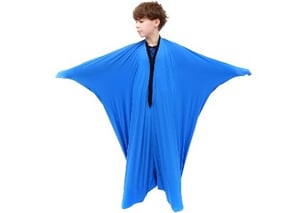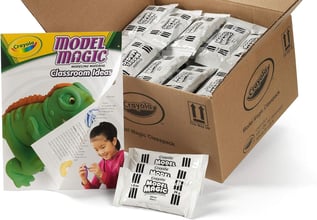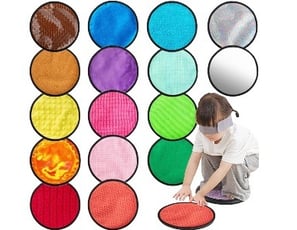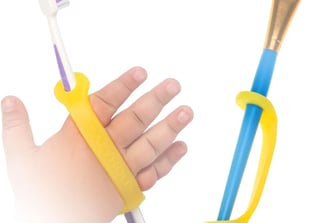Sensory Aids
Sensory assistive technology encompasses a wide range of tools and devices designed to support individuals with sensory processing challenges. These technologies can be categorized into several key areas:
Tactile Aids stimulate the sense of touch and include items like textured mats, sensory balls, and fidget toys. These tools help individuals explore different textures and improve their tactile processing skills.
Auditory Aids. Auditory aids provide sound stimulation and include devices such as hearing aids, soundboards, and white noise machines. These tools help individuals with auditory processing challenges by enhancing their ability to perceive and interpret sounds.
Visual Aids. Visual aids engage the sense of sight and include items like light-up toys, visual timers, and color-changing lamps. These tools help individuals with visual processing challenges by providing visual stimuli that can improve focus and attention.
Olfactory Aids. Olfactory aids stimulate the sense of smell and include items such as scented playdough, aroma diffusers, and smell kits. These tools help individuals explore different scents and improve their olfactory processing skills.
Proprioceptive Aids. Proprioceptive aids help with body awareness and movement and include items like weighted blankets, balance boards, and body socks. These tools provide deep pressure input and help individuals improve their proprioceptive processing skills.
Oral Motor Aids. Oral motor aids provide oral stimulation and include items such as chewable jewelry, vibrating toothbrushes, and oral motor exercises. These tools help individuals with oral motor challenges by providing sensory input that can improve their oral motor skills.
Overall, sensory assistive technology plays a crucial role in supporting individuals with sensory processing challenges by providing targeted sensory input that can improve their overall well-being and quality of life.
Tactile Aids
Write a short description of this category
SANHO Yopo Dynamic Mov. Sensory Sox.
Designed for children aged 6-9, offers high-quality Lycra fabric for durability and comfort. It provides proprioceptive input, enhancing body awareness and coordination. The snug fit ensures safety, while its dynamic movement capabilities promote relaxation. Easy to clean and long-lasting.
Crayola Model Magic - White (75ct)
Highly recommended for its quality, safety, and features. With 85% positive reviews, it's praised for being non-toxic, easy to mold, and air-drying. Ideal for kids and classroom activities, it doesn't crumble or stick to hands. A great choice for creative projects!
16 Set Sensory Mats
Recommended for its quality, safety, and features. With 90% positive reviews, it's praised for being non-toxic, easy to use, and providing various textures for tactile exploration. Ideal for autistic children and kids with sensory processing challenges, it offers fun and educational play equipment.
Silicone Easy Grip Device, Universal Cuff
Praised for its versatility and effectiveness in aiding children with various conditions such as autism, cerebral palsy, limb loss, and more. Users appreciate its soft, flexible silicone material that provides a secure yet gentle grip1. It's easy to clean and can be used with a wide range of objects, making daily activities more manageable for children with special needs. Overall, it's considered a valuable tool for enhancing independence and fine motor skills1.
InclusiveWorld.Blog
Breaking Barriers, Building Bridges
Contact us:
© 2024. All rights reserved.
Follow us








